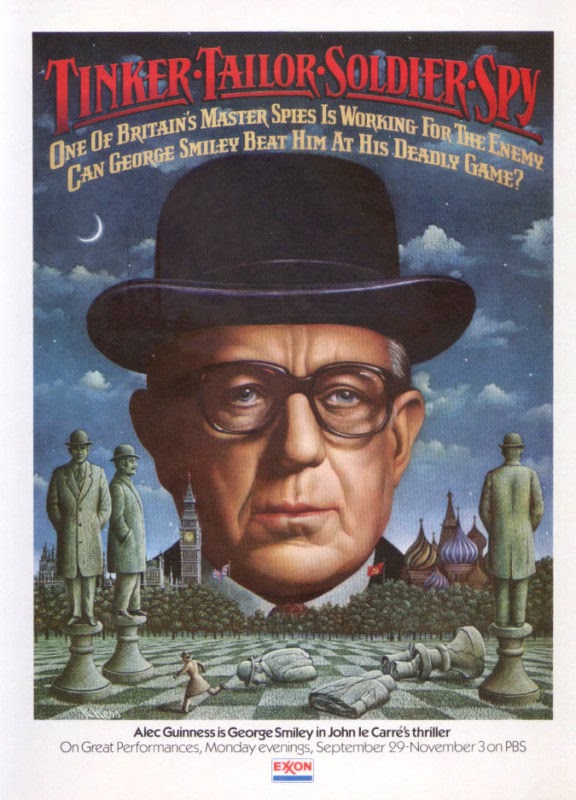☆ ☆ ☆ ☆ ½
The
Great Ecstasy of Woodcarver Steiner (1974) – W. Herzog
Herzog himself called this one of his
most important films (in Herzog on Herzog, 2003) and refused to be drawn into
making any distinction between what the interviewer referred to as his
documentaries and his fiction films. For
Herzog, they were all just films – and as we know, his documentaries were
always designed to get at “ecstatic truth” rather than what he disparagingly
refers to as the “accountant’s truth.”
So, as a director, Herzog is not afraid to stage scenes in his
documentaries (based on reality perhaps or extending it in the direction he
thinks it should go) and he is not afraid to bring reality into his fiction
films (as when he uses indigenous people playing versions of themselves or
chooses to really drag a steamboat over a mountain). The act of exploring, crossing, and
transcending the blurry line between fiction and fact is what makes Herzog’s
films great. Clocking in at only 45
minutes, Herzog’s look at ski-jumper (or ski-flier) Steiner, a world record
holder, positions the athlete as another of the possibly insane dreamers that are
often featured in his cinema. After all,
who would risk life and limb simply for a few seconds free of gravity, ecstatic
though they may be? With Popul Vuh’s trance-inducing
help, Herzog provides a few ecstatic moments for the viewer too, using high
speed cameras to create incredible slow-mo passages of, yes, ski-flying. Steiner himself comes across in interview
bits as reserved and a loner (save for a bizarre childhood friendship with a
raven, possibly concocted by Herzog I would bet). Those who love Herzog will
find many other choice moments, including his standard voiceover (in German
this time) as well as the man himself on location with a handheld mic.








